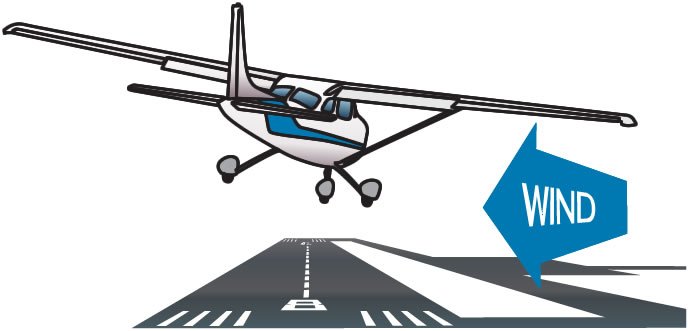If I see one more graph or chart showing that if I’m in a 60-degree bank (“Maneuvering Stalls,” September 2015), I must be pulling 2G, I think I’ll throw up. Presenting this data is an indication of competence in trigonometry but someone is not paying attention to the real world of airplane flying.
I can and have flown in a 60-degree bank and pulled zero G, and also flown a 60-degree bank and pulled 4G. Bank angle in and of itself has no relationship to G forces.
Now that I’ve gotten that off my chest, it was a generally good article.
Gennaro Avolio
Hood River, Ore.
Thanks for the smile. Yes, the traditional chart or table depicting bank angle vs. G loading omits a critical piece of information: The data presented presumes level flight. We hinted at that in the sidebar accompanying the table, but we didn’t make it clear enough, either in the article or the table. We’ll remember next time.
South Carolina Mid-air
Regarding the NTSB preliminary report of the mid-air collision between a Cessna 150M and a USAF F-16C in the September 2015 issue, what type of Tacan approach has you going 250-plus knots at 1600 feet and 15-plus nm from the destination airport?
At that speed, and at any altitude, a call for traffic at two miles requires an immediate response. “Opposite direction” means a closure of nearly five miles a minute. I think the F-16 pilot’s delay in turning was a big mistake.
Steve Hiltabidle
Crossville, Tenn.
Information in the NTSB’s preliminary report on this mid-air collision seems to indicate the F-16 pilot did not begin any kind of maneuver to avoid the Cessna 150 traffic until it was too late, despite several urgings from ATC. We’re also curious about cockpit workload and an F-16 pilot’s ability to scan for traffic when shooting practice approaches, especially since there’s no safety pilot available.
We plan to look much more closely at this accident once the NTSB has issued its final report and probable cause finding.
Crab Or Sideslip?
Conventional wisdom seems to indicate there are two ways to land in a crosswind (“Crosswinds On Rails,” August 2015): the crab and sideslip methods. Unless one is flying something like a B-52 with a crosswind landing gear arrangement, there is only one way to land in a crosswind: in a sideslip or, more simply, in a slip. The confusion lies in the landing itself vs. the approach to a crosswind landing.

We all should agree that at the moment of touchdown, the longitudinal axis of an airplane must be moving parallel to and above the runway centerline. This can only be achieved in a sideslip.
The question then becomes when to transition from a crab—a coordinated, lower-drag flight condition—to a sideslip, which can be an uncoordinated, higher-drag flight condition: On final, short final, crossing the runway threshold, right before the flare? Depends on several factors, the main one being pilot skill and experience.
A seasoned pilot can transition to a sideslip when starting the flare. Less-experienced pilots might want to enter the sideslip on short final to better get a feel for the crosswind.
Another factor is the presence of gusts, and usually it is best to stay in the crab longer with gusty winds, since it’s easier to correct for gusty conditions when the airplane is in coordinated flight.
A separate but related issue is the terminology used: sideslip and forward slip. Aerodynamically they are the same—the airplane cannot “tell” the difference. Even the FAA adds to the confusion: In the Airplane Flying Handbook, FAA-H-8083-3A, by rotating the FAA drawing of the forward slip, both slips look exactly the same. Of course the purposes are different. The forward slip is used to lose altitude while the sideslip is for landing in a crosswind.
Luca F. Bencini-Tibo
Weston, Fla.




